Hanji House (한지가헌)
7.1Km 2025-07-25
31-9 Bukchon-ro, Jongno-gu, Seoul
Hanji House was founded to pass on the cultural heritage of hanji, traditional Korean paper, as well as to promote its excellence and uses in everyday life. The center is operated by Korea Craft & Design Foundation, and offers a variety of programs that consist of exhibitions, hands-on activities, classes, and marketing hanji products. On the first floor is Hanji Showroom, where various exhibitions take place to showcase hanji of the past and the present. The basement floor comprises Hanji Open Archive, Hanji Print Studio, and Hanji Workroom, where most of the hands-on activities and classes are held. Hanji House also offers a docent program for exploring the whole area.
Fine Art Gallery Art Link (갤러리 아트링크)
7.1Km 2019-03-19
66-17, Yulgok-ro 3-gil, Jongno-gu, Seoul
+82-2-738-0738
Opened in March 2003, the Fine Art Gallery Art Link is a gallery that displays art pieces while creating an opportunity for patrons to meet the art and artists. The gallery also contributes to communication between modern art and people through online and offline channels.
Godae ap Myeolchi Guksu (고대앞멸치국수)
7.1Km 2021-03-26
2, Jegi-ro, Dongdaemun-gu, Seoul
+82-2-953-1095
It is a restaurant featured in the cartoon “Sikgaek.” This Korean dishes restaurant is located in Dongdaemun-gu, Seoul. The representative menu is noodles in anchovy broth.
Cheongwonsanbang Studio (청원산방)
7.1Km 2019-10-02
27, Bukchon-ro 6-gil, Jongno-gu, Seoul
+82-2-715-3342
Located in Samcheong-dong and established in 1981, Cheongwonsanbang Studio is an art studio by Sim Yong-sik (Intangible Cultural Property designated by City of Seoul). He works on various traditional windows and doors with his students, promoting them in Korea and other countries. Doors and windows with beautiful patterns are all over the place in this studio: doors that can hang against a wall, windows decorated with cherry blossoms, comb-patterned windows and so many more. Visitors can also enjoy beautiful crafts in various exhibition events.
Insa Art Space (인사미술공간)
7.1Km 2021-02-26
89, Changdeokgung-gil, Jongno-gu, Seoul
+82-2-760-4722
Insa Art Space was established in 2000 to support artists who are experiencing financial difficulties. In 2005, Art Space started to develop artistic projects and in 2006, the gallery began to provide project consultations, and publishing and marketing, to develop into a stronger self-sufficient gallery. Currently, the gallery provides special exhibitions for artists and independent curators.
Hottracks - Jamsil Branch [Tax Refund Shop] (핫트랙스 잠실점)
7.1Km 2024-04-22
269, Olympic-ro, Songpa-gu, Seoul
-
Lee Ri-Ja Hanbok Museum (이리자 한복전시관)
7.1Km 2022-08-08
20, Samcheong-ro, Jongno-gu, Seoul
+82-2-734-9477
The Lee Ri-Ja Hanbok Museum displays the traditional clothing worn in Korea from birth to death. All hanbok displayed at the museum are created by the hanbok designer Lee Ri-Ja herself, who has over 40 years of experience.
Mosim (모심)
7.1Km 2025-05-20
8 Gaeunsa-gil, Seongbuk-gu, Seoul
Mosim is a Korean table d’hote restaurant that offers a variety of menus to choose from depending on the kind of dishes and the number of side dishes. The set menu, which includes main dishes, such as hwangtae gui (grilled dried pollack) and galbitang (galbi soup), and side dishes, such as salad, japchae, and seasoned vegetables, is plentiful in amount and variety enough to fill the table. There are menu items that can be enjoyed individually, such as samgyetang, bibimbap, and yukgaejang (spicy beef soup). The restaurant’s menu comprises nutritious dishes that soothe one's tired mind and body. The restaurant has private rooms that can accommodate 4, 8, 12, 16, 20, 24, and 30 people, so it is a good option for guests seeking a quiet meal with the family or group gatherings.
Gwanghwamun Gate (광화문)
7.1Km 2024-12-04
161 Sajik-ro, Jongno-gu, Seoul
+82-2-3700-3900
Built in 1395 under the reign of King Taejo, the first king of the Joseon dynasty, Gwanghwamun Gate is the southern gate of Gyeongbokgung Palace. It is also the main gate of the palace, therefore larger and fancier in comparison to the other gates. Gwanghwamun Gate consists of three arched gates; the center gate was used by the king, while the other two were used by the crown prince and royal officials. The tall granite walls of the gate serve as a platform for the wooden gate tower that watches over the city. The gate has a sign with its name written at the top center of the gate tower.
Gwanghwamun Gate went through several damages and restorations over the course of history. It was first severely damaged during the Imjin War (1592-1598) and was not restored until the reconstruction of Gyeongbokgung Palace in 1864. Under the Japanese administration, the gate was demolished and relocated to the north of the palace's eastern gate, followed by series of damages during the Korean War (1950-1953). In 1968, Gwanghwamun Gate was relocated back to the south of the palace and was rebuilt using concrete; however, the gate’s position was shifted a few meters away from its original location. In 2006, a major reconstruction project took place to restore Gwanghwamun Gate to its original state and location, disassembling the structure completely and replacing concrete with granite and wood. After three years and eight months of construction, Gwanghwamun Gate was fully restored to its original form and was open to the public on August 15, 2010.
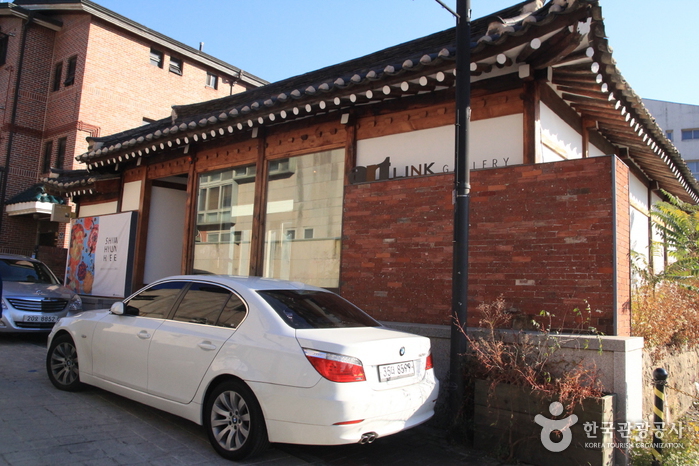
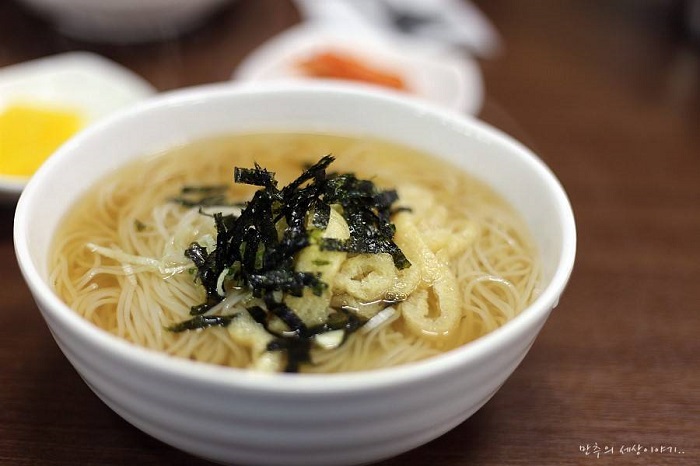

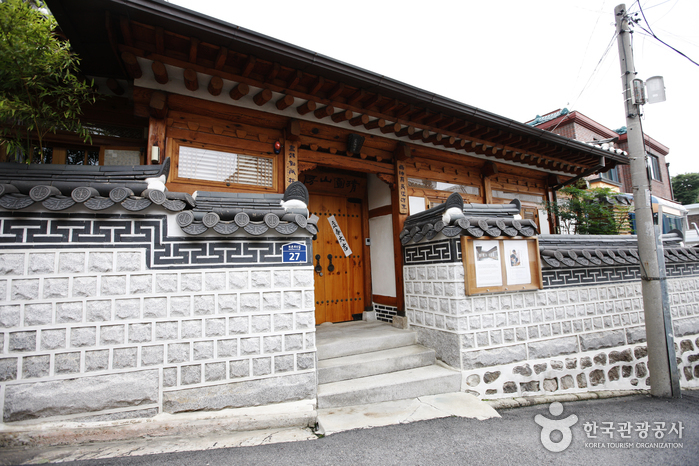
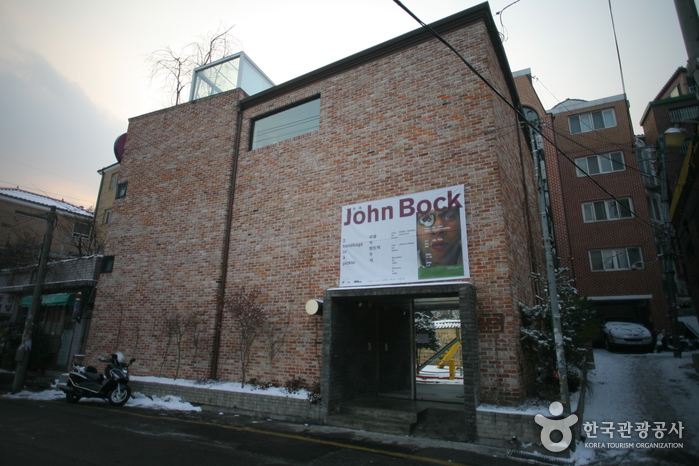
![Hottracks - Jamsil Branch [Tax Refund Shop] (핫트랙스 잠실점)](http://tong.visitkorea.or.kr/cms/resource/14/2878914_image2_1.jpg)
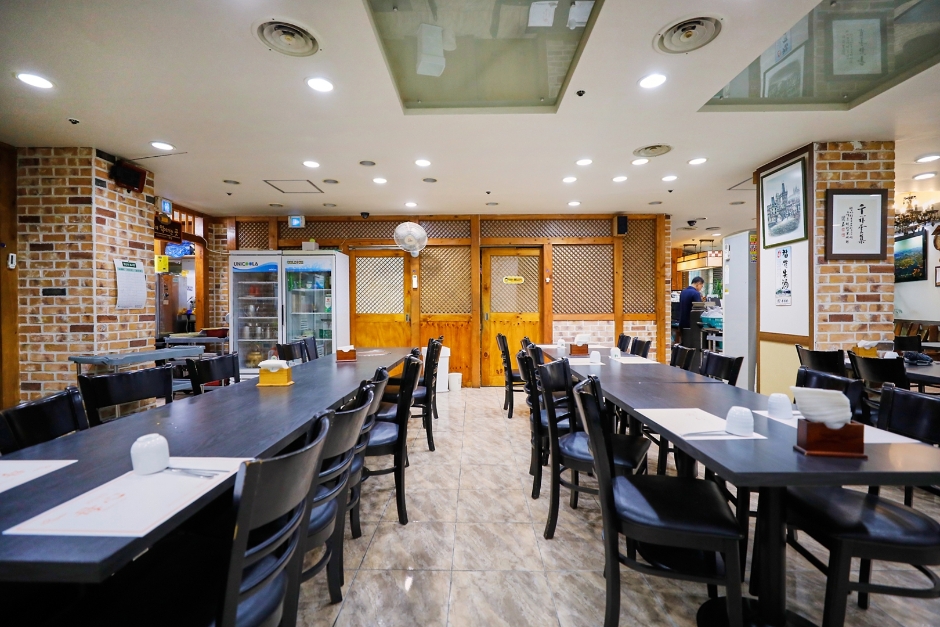
 English
English
 한국어
한국어 日本語
日本語 中文(简体)
中文(简体) Deutsch
Deutsch Français
Français Español
Español Русский
Русский